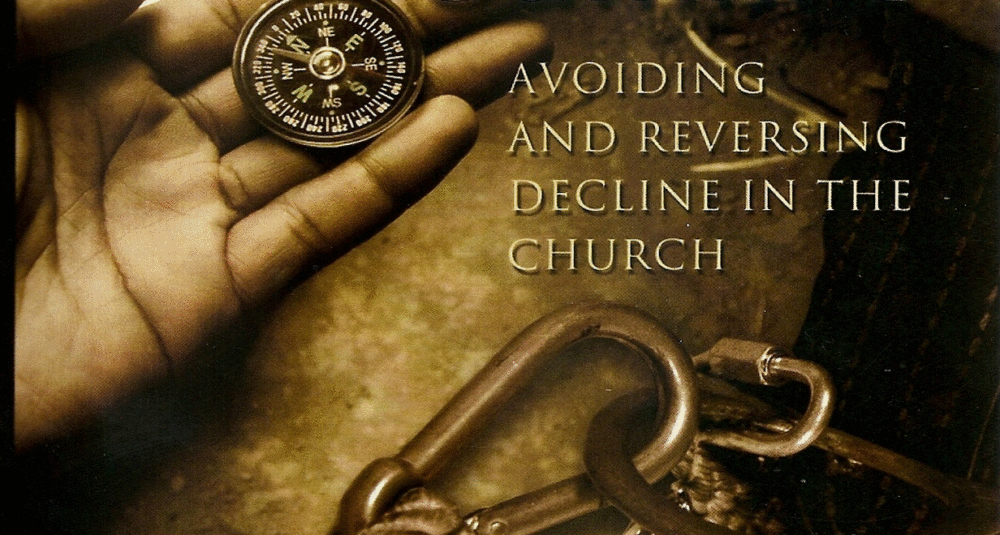“Mommy, I don’t know how,” little Marrissa stated pleadingly as she walked into the kitchen with her shoe laces dragging behind her feet. Within a couple of minutes another voice, Shelly, the oldest daughter, called out from another room, “Mom, do you know where my favorite jeans are? I can’t find them.” Billy, the family’s only son queried from his bedroom, “Mother, do we have to go to school today? Can’t this be another Saturday?” Emily (Mommy, Mom, & Mother), solicited of her husband, “Bob, if you will help Billy get dressed, I can tend to these other things.”
Whether you are in an official leadership position or not, every one of us has people in our lives with needs. We are all providing leadership. Ken Blanchard in Situational Leadership lists four types of leadership that every leader should learn to deploy. As seen in the first paragraph, not only in the corporate world, these four are part of our lives everywhere we find ourselves. Even at home.
Little Marrissa needed direction. She needed someone to help her learn competency in tying her shoes. In the business world and in volunteer organizations, a new person in any position needs direction. They may have desire and personal confidence yet lack the confidence and competence to complete the new assignment without being given direction.
Mom could have used directing leadership with Shelly as well. But what Shelly really needed was coaching. She had the competence to find her jeans, her end goal. By coaching her in how and where to begin her search and steps to take to find her jeans, Mom would be assisting Shelly in putting her confidence and competence together to accomplish the task at hand. This is coaching leadership.
Billy had both competence and confidence in school. This morning, Billy was being all boy. He wanted another day to play and be free to do, boy things. His mother could have given Billy direction, she could have coached him in the importance of school. But she realized what Billy needed in this instance was support and encouragement. When people have both competence and confidence in their role, what is needed from leaders is support. Knowing that leaders have confidence in my abilities gives me strength through encouragement. This is supporting leadership.
Emily was glad to have one person in the home this Monday morning who did not need directing, coaching or supporting leadership. Yet, with her husband, Bob, Emily uses the fourth type of leadership, delegation. Bob has confidence and competence to complete the task at hand without supervision. The supervision of the task has been turned over to Bob. This is delegation leadership.
Those to whom you give leadership can fall into any one or all of these categories in various areas of life and job performance. A person in an office environment may do well fulfilling his particular task, requiring only support or delegation. This same person may not be as competent or confident in operating a new copier in the office. In this case direction or coaching leadership is needed.
It is important as a leader to understand each of these four types of leadership and know when to use each one. What can you do today to begin developing these four types of leadership – whether you are a CEO or a stay-at-home mother?
George Yates is an Organizational Health Strategist and coach, assisting churches, organizations, and individuals in pursuing God’s purpose for life. Click here to receive this blog in your email inbox each Tuesday.
